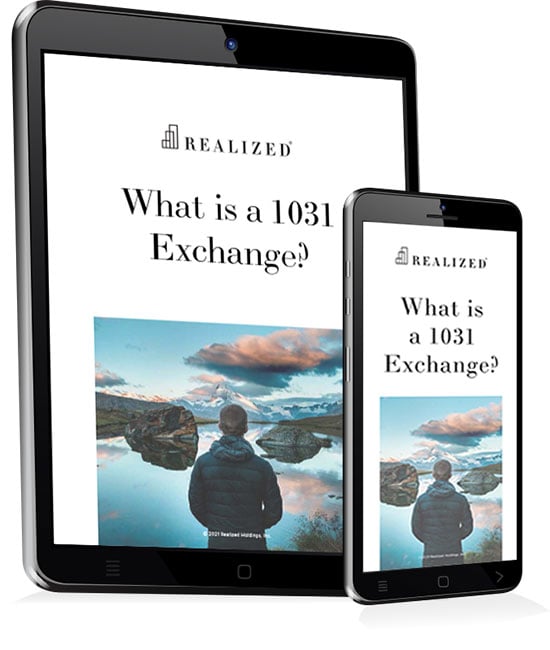Real estate investors can potentially benefit from a 1031 exchange by deferring their capital gains taxes and reinvesting the proceeds in a like-kind property. However, the IRS does have strict rules and requirements that need to be followed to complete a 1031 exchange. Below is a list of important 1031 exchange rules and requirements that you may need to consider.
Qualified Intermediary
A Qualified Intermediary is required by the IRS to successfully complete the exchange. To learn more read our Simple Guide to Choosing a 1031 Qualified Intermediary blog.
Can’t Touch the Cash
A Qualified Intermediary must hold the proceeds during the exchange. If you control the funds in any way, you may risk disqualifying the entire exchange.
Like-Kind Property
The IRS states that the relinquished property (property being sold) and the replacement property (property being bought) must be like-kind. To learn more read our What is Like-Kind Property in Real Estate? blog.
45-Day Identification Period
The IRS states that an exchanger has 45-days from the date they sell their property to identify potential replacement property(ies).
There are 3 sub rules that apply to identifying replacement properties:
- 3 property Rule
The 3 property rule is the most popular identification rule. It states that the exchanger may identify up to 3 potential replacement properties regardless of value. - 200% Rule
The 200% rule states that the exchanger may identify more than 3 potential replacement properties as long as their combined value does not exceed 200% of the sale price of the relinquished property. - 95% Rule
The 95% rule states that the exchanger may identify any number of properties with no reference to sale price of the relinquished property, provided you actually acquire and close on 95% of the value identified.
180-Day Timeline
The exchanger needs to complete the exchange within 180 days of selling the relinquished property or by their tax return's due date (including extensions), whichever comes first.
Holding Period
For a 1031 exchange eligibility, both relinquished and replacement properties must be held for investment or business purposes. While the IRS hasn't defined a specific holding period, it's generally recommended to hold properties for at least a year. Exchanging or selling properties before this period may result in higher capital gains tax or challenges from the IRS.
Same Taxpayer
The buyer of the replacement property must be the same legal entity as the seller of the relinquished property.
Multi-Property Exchange
An exchanger can exchange one or more relinquished properties for one or more replacement properties in a single exchange. The total fair market value of the replacement properties acquired cannot exceed 200% of the fair market value of the relinquished property sold.
Purchase Price
In order to defer all capital gains tax, the price of the replacement property (ies) must equal or exceed the price of the relinquished property.
Taxable Boot
If the exchanger gets cash or property that is not like-kind during the exchange, it is subject to taxation. If there is leftover taxable boot after a 1031 exchange, the exchanger will need to pay capital gains tax on that amount. The taxable boot cannot be deferred through another 1031 exchange, but may be deferred through a Qualified Opportunity Fund investment.
Debt Matters
The mortgage amount on the Replacement Property(ies) must equal or exceed the mortgage paid off at sale of the Relinquished Property.
Depreciation Recapture
If the relinquished property was previously used for business or rental purposes and has been depreciated, the exchanger may be subject to depreciation recapture taxes when the property is sold. This tax liability cannot be deferred through a 1031 exchange.
Must Report the Exchange
The exchanger must properly complete IRS form 8824 (“Like-Kind Exchanges”) and include it as part of their tax return in the year in which they sold their relinquished property.



